电 子 科 技 大 学
UNIVERSITY OF ELECTRONIC SCIENCE AND TECHNOLOGY OF CHINA
硕士学位论文
MASTER THESIS
论文题目 TDLAS 气体检测系统中 FPGA 控制
与信号处理技术研究
学 科 专 业 光学工程
学 号 201321050321
作 者 姓 名 孙文瀚
指 导 教 师
王卓然 教授
˝
•
‰
˚
�
分类号 密级
UDC 注 1
学 位 论 文
TDLAS 气体检测系统中 FPGA 控制
与信号处理技术研究
(题名和副题名)
孙文瀚
(作者姓名)
指导教师 王卓然 教 授
电子科技大学 成 都
(姓名、职称、单位名称)
申请学位级别 硕士 学科专业 光学工程
提交论文日期 2016.4 论文答辩日期 2016.5.23
学位授予单位和日期 电子科技大学 2016 年 6 月
答辩委员会主席
评阅人
注 1:注明《国际十进分类法 UDC》的类号。
˝
•
‰
˚
�
RESEARCH ON FPGA CONTROL AND
SIGNAL PROCESSING TECHNIQUES IN TDLAS
GAS DETECTING SYSTEM
A Master Thesis Submitted to
University of Electronic Science and Technology of China
Major:
Author:
Advisor:
Optical Engineering
Sun Wenhan
Wang Zhuoran
School :
School of Optoelectronic Information
˝
•
‰
˚
�
�
独创性声明
本人声明所呈交的学位论文是本人在导师指导下进行的研究工作
及取得的研究成果。据我所知,除了文中特别加以标注和致谢的地方
外,论文中不包含其他人已经发表或撰写过的研究成果,也不包含为
获得电子科技大学或其它教育机构的学位或证书而使用过的材料。与
我一同工作的同志对本研究所做的任何贡献均已在论文中作了明确的
说明并表示谢意。
作者签名: 日期: 年 月 日
论文使用授权
本学位论文作者完全了解电子科技大学有关保留、使用学位论文
的规定,有权保留并向国家有关部门或机构送交论文的复印件和磁盘,
允许论文被查阅和借阅。本人授权电子科技大学可以将学位论文的全
部或部分内容编入有关数据库进行检索,可以采用影印、缩印或扫描
等复制手段保存、汇编学位论文。
(保密的学位论文在解密后应遵守此规定)
作者签名: 导师签名:
日期: 年 月 日
˝
•
‰
˚
�
�
摘要
摘要
经济的高速发展和工业水平的快速提高,改善社会生活水平的同时也带来了
一系列环境问题,包括雾霾、温室效应等,给人体健康和生态环境带来了威胁。
气体检测技术对于气体污染物监测和产业格局变革具有重要意义,其中可调谐二
极管激光器吸收光谱(TDLAS)技术与传统气体检测技术相比,具有高灵敏度、
高精度等优点,在气体检测领域有着广泛的应用前景。
本文首先介绍了 TDLAS 气体检测系统的基本原理,包括基本的光谱学知识和
常用的气体检测方案,以甲烷气体为测试对象,选取了 1653.72nm 的位置作为气
体吸收线,描述了基于波长调制方式的 TDLAS 系统方案。
其次,选择了 DFB 激光器作为系统光源,并根据其工作原理设计了激光器的
驱动部分,包括电流驱动和温度控制。电流驱动部分利用单片机控制数模转换器
的输出电压来改变 MOS 管导通度,进而使激光器驱动电流得到调节。利用负反馈
和 PID 算法来保持电流的恒定,并设计了限流保护和延时启动电路来保护激光器。
温度控制部分,以专业温控芯片 LTC1923 为核心设计了外围电路。
再次,设计了数字锁相放大器来提取 TDLAS 系统的二次谐波信号。介绍了作
为锁放理论基础的相关函数概念以及相关检测和相关解调技术。根据以上原理,
基于 System Generator 对锁放中的各模块进行建模和仿真验证,包括 DDS、FIR 滤
波器、开方模块等,搭建了单通道锁放,并最终在单通道锁放的基础上扩展并搭
建了双通道的锁放,可进一步消除相位对锁放输出的影响。基于 Verilog 语言在
FPGA 平台(Xilinx 公司的 Spartan6 系列 XC6SLX45T 型主芯片)上完成了各功能
模块的设计与仿真。
基于以上工作,对 TDLAS 各功能模块以及系统特性进行测试,研究了激光器
输出性能与电流源和温控模块的关系,利用设计的数字锁相放大器完成对二次谐
波信号的提取,选取不同浓度的甲烷气体进行相关实验,并基于 LabVIEW 软件对
实验结果进行拟合,完成气体浓度的反演计算,并测试了 TDLAS 系统的实验精度。
关键字:可调谐二极管激光器吸收光谱,光源驱动,锁相放大器,信号处理
I
˝
•
‰
˚
�
ABSTRACT
ABSTRACT
Rapid economic development and industrial improvement raises the quality of our
social life but brings a series of problems at the same time including the fog and haze,
greenhouse effect and so on. They have been a threat to our health and ecological
environment. In these circumstances, a reliable technology of gas detection is crucial to
monitor gas emission and change the industry pattern. Compared with the traditional
detection technology, Tunable Diode Laser Absorption Spectroscopy (TDLAS) is
promising in gas detection field because of its high sensitivity and high resolution.
In this paper, we firstly describe the basic principles of the TDLAS gas detection
system including laser spectroscopy, and several gas detection methods. After selecting
CH4 as the target and 1653.72nm as gas absorption line, specific guidelines are
introduced.
Secondly, DFB laser is chosen as the optical source of the TDLAS system.The
laser drivers, including the current driver and temperature-controller, are designed
following the operation principles. In the current driver, the injection current changes by
adjusting MOSFET through the output voltage of DAC, which is controlled by the
micro control unit (MCU). The negative feedback algorithm and PID algorithm are both
used in our design. Protection circuits and soft-start circuits are both used to protect the
laser device. As for the temperature controller, peripheral circuits are designed, in which
the temperature control chip LTC1923 acts as the core.
Thirdly, a digital lock-in amplifier is designed to extract the second harmonic
signal. The correlation detection, correlation demodulation and the correlation function
are all explained as the theoretical basis of lock-in amplifier. Based on the above
principles, basic functional blocks of lock-in amplifier, including the DDS module, the
FIR filter, and root module are modeled, simulated and verified by using System
Generator. Single-channel lock-in amplifier is then built and cascaded to two-channel
one to further eliminate the phase effect on the output of lock-in amplifier. All the
modules are finally realized in a SPARTAN 6 FPGA board from Xilinx using
Verilog—one of the hardware description and modeling language.
Based on all the above aspects, the demonstrated experiments on different modules
and the whole TDLAS system are carried on to analysis charactericstics of our current
II
˝
•
‰
˚
�
















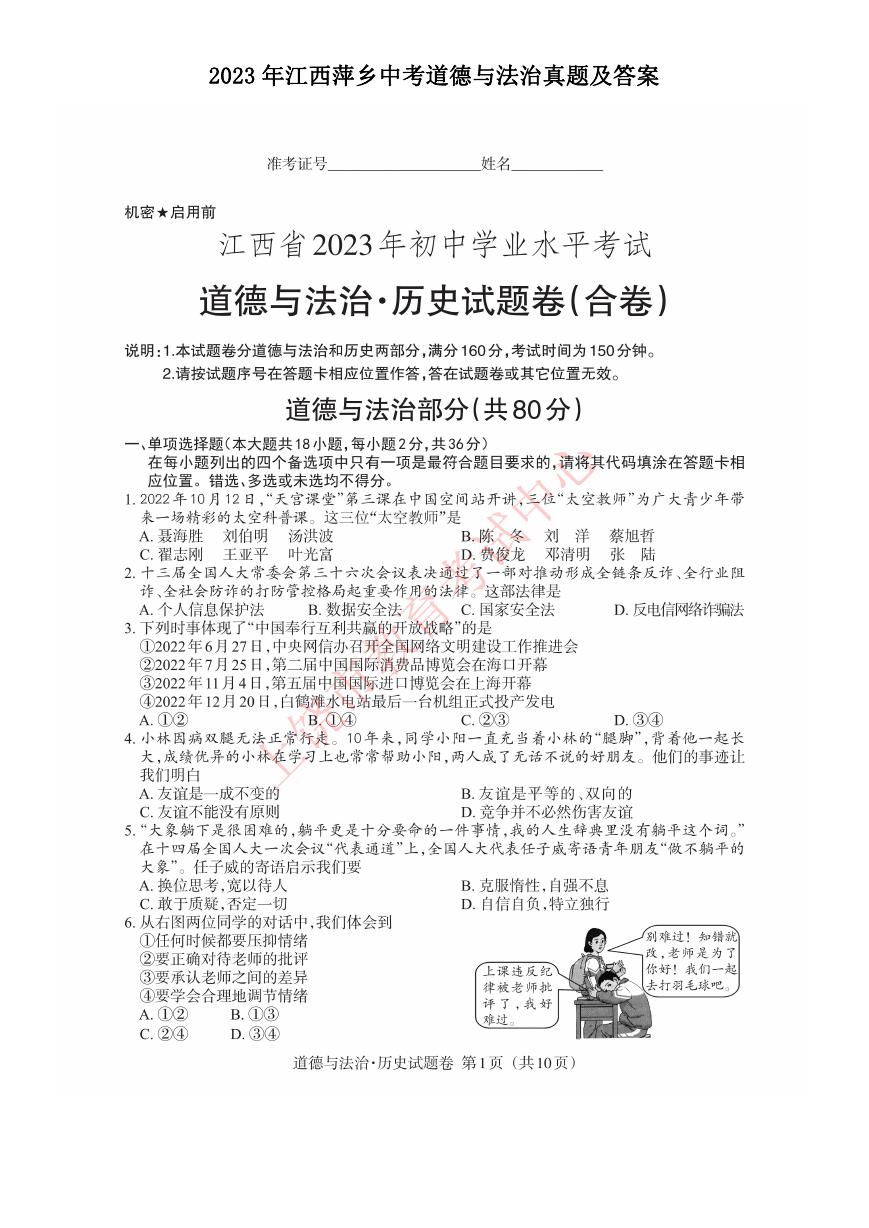 2023年江西萍乡中考道德与法治真题及答案.doc
2023年江西萍乡中考道德与法治真题及答案.doc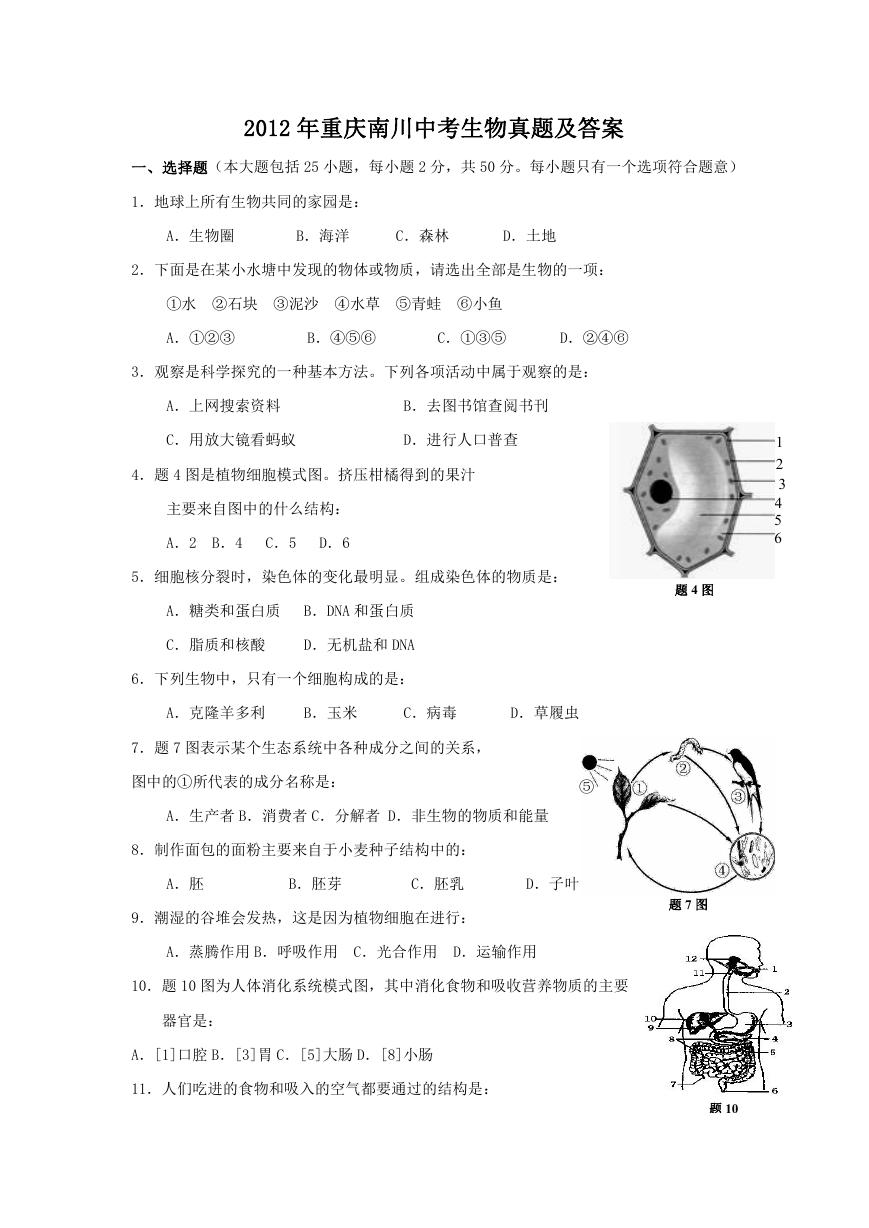 2012年重庆南川中考生物真题及答案.doc
2012年重庆南川中考生物真题及答案.doc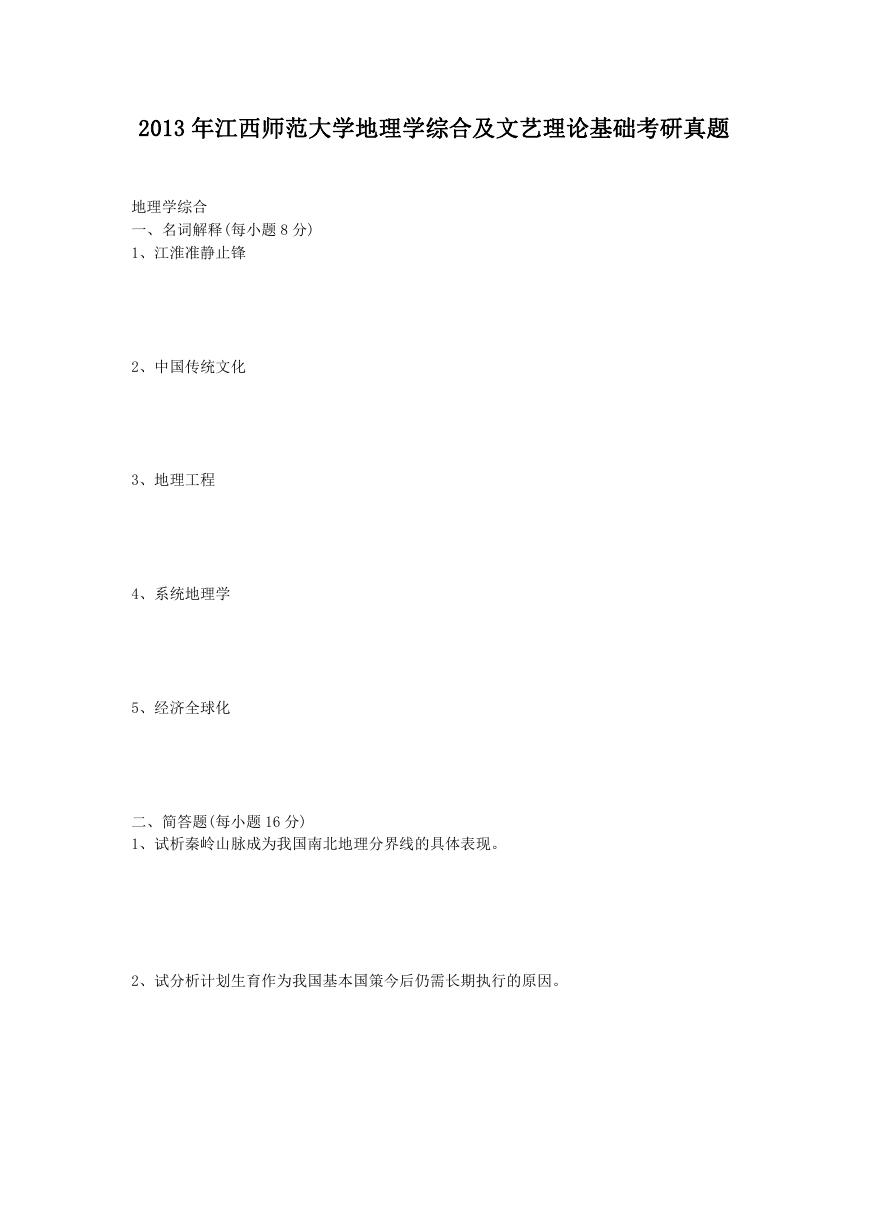 2013年江西师范大学地理学综合及文艺理论基础考研真题.doc
2013年江西师范大学地理学综合及文艺理论基础考研真题.doc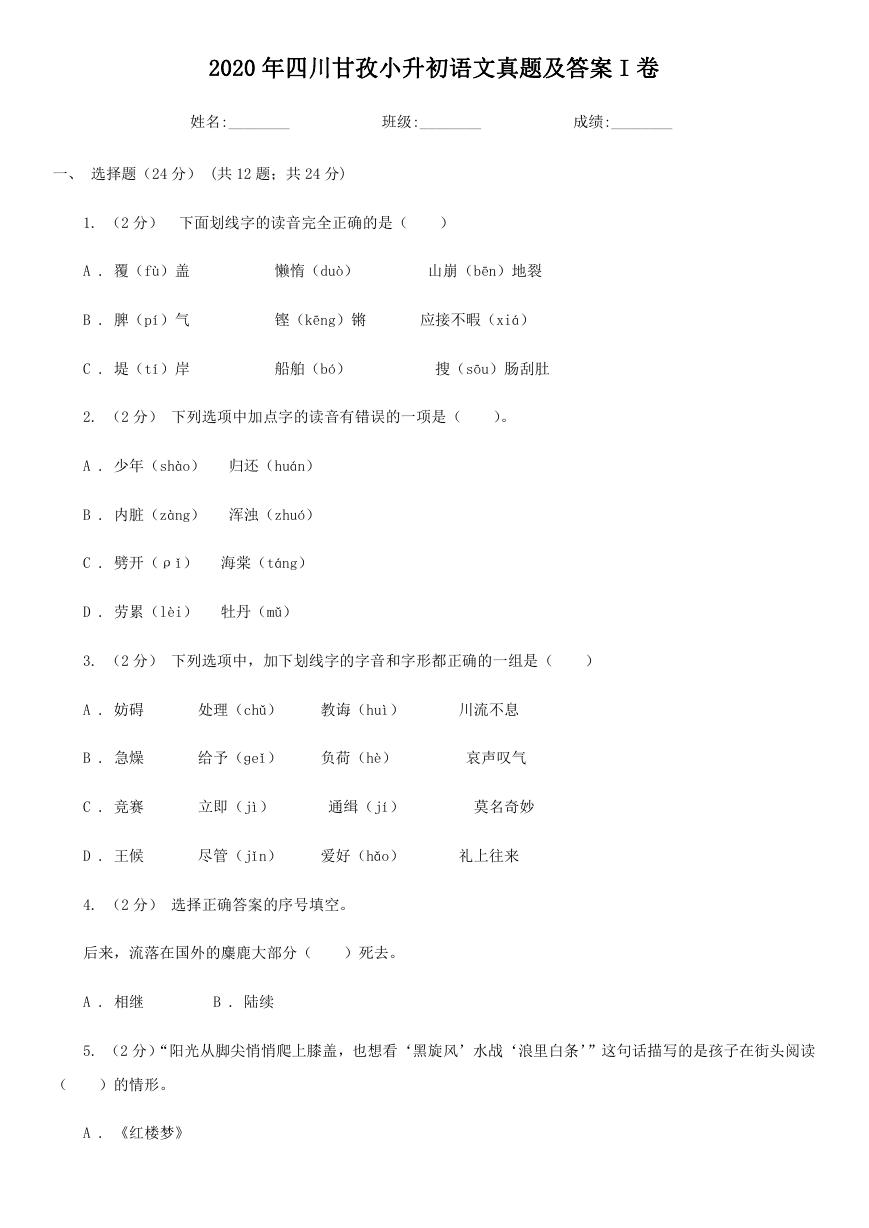 2020年四川甘孜小升初语文真题及答案I卷.doc
2020年四川甘孜小升初语文真题及答案I卷.doc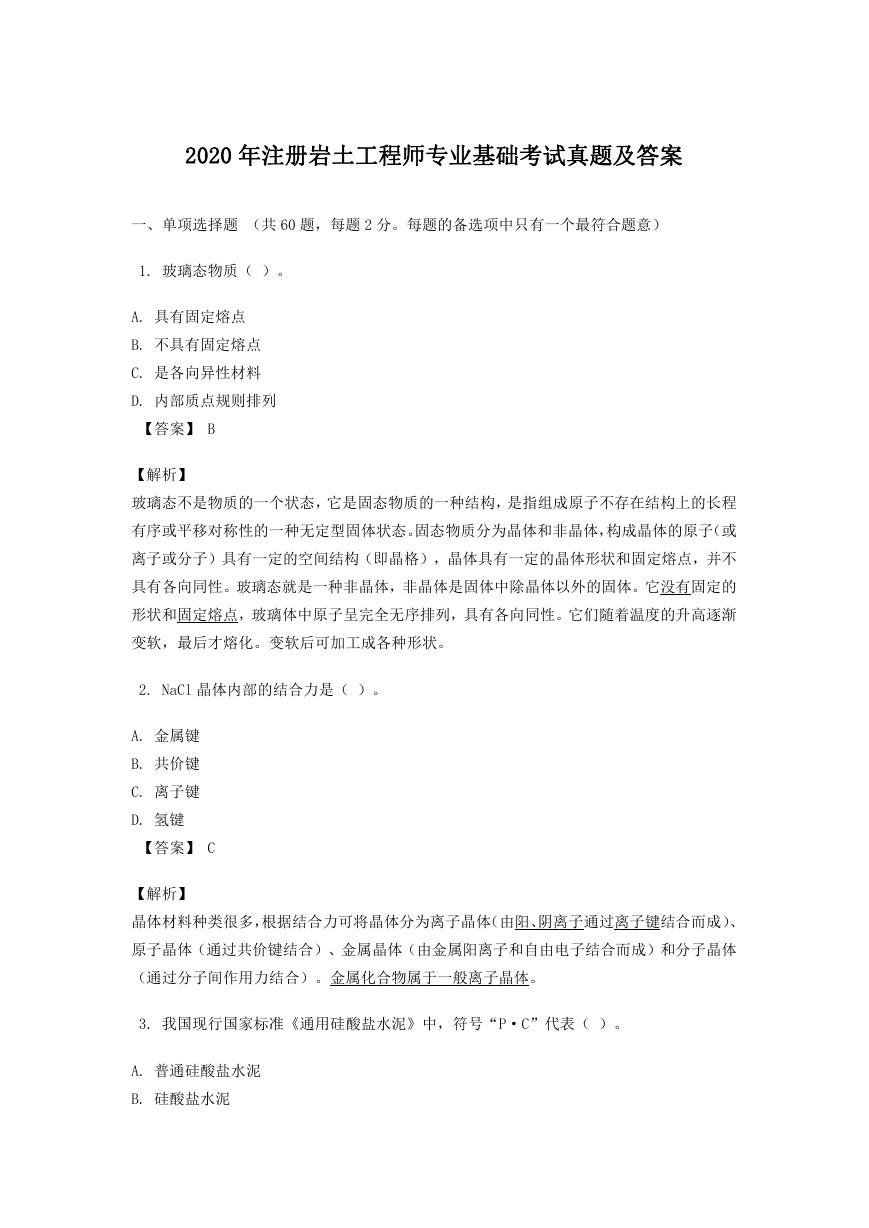 2020年注册岩土工程师专业基础考试真题及答案.doc
2020年注册岩土工程师专业基础考试真题及答案.doc 2023-2024学年福建省厦门市九年级上学期数学月考试题及答案.doc
2023-2024学年福建省厦门市九年级上学期数学月考试题及答案.doc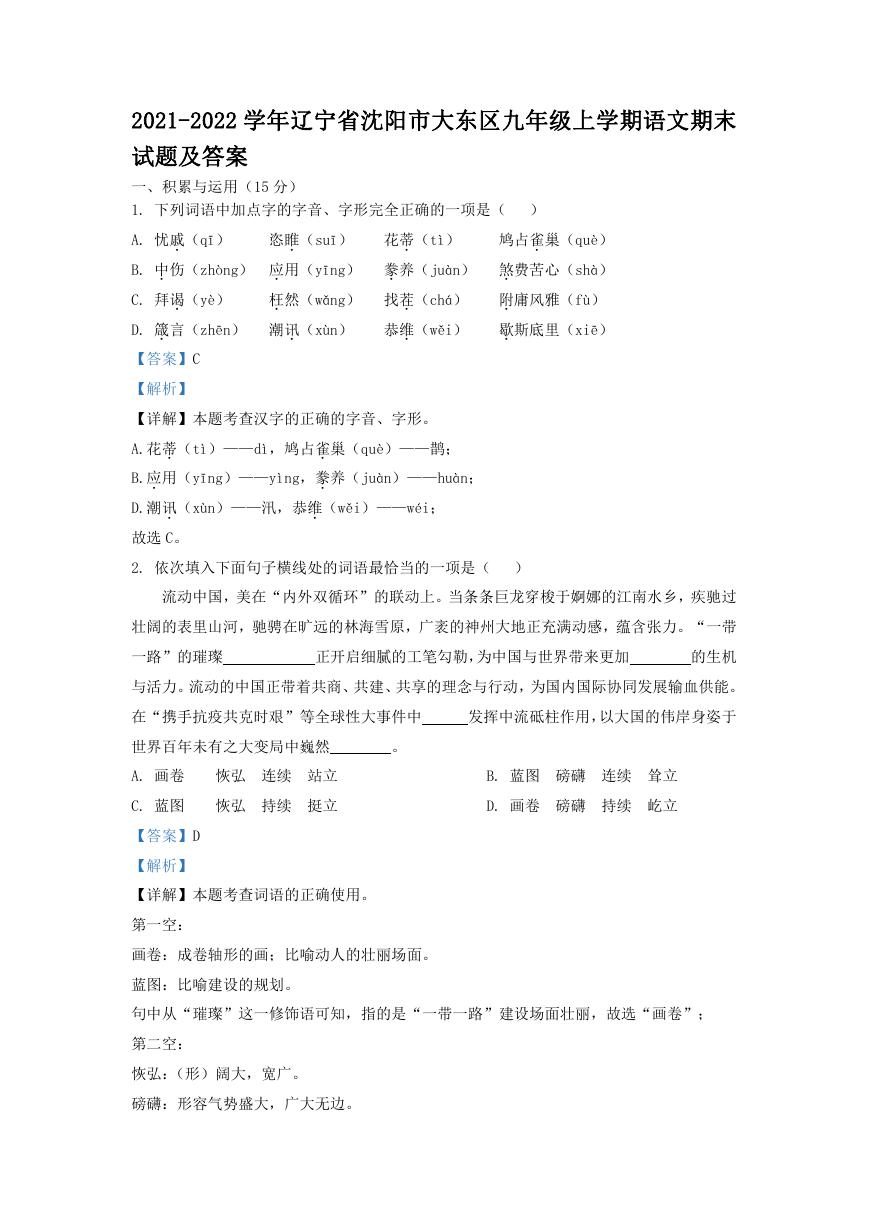 2021-2022学年辽宁省沈阳市大东区九年级上学期语文期末试题及答案.doc
2021-2022学年辽宁省沈阳市大东区九年级上学期语文期末试题及答案.doc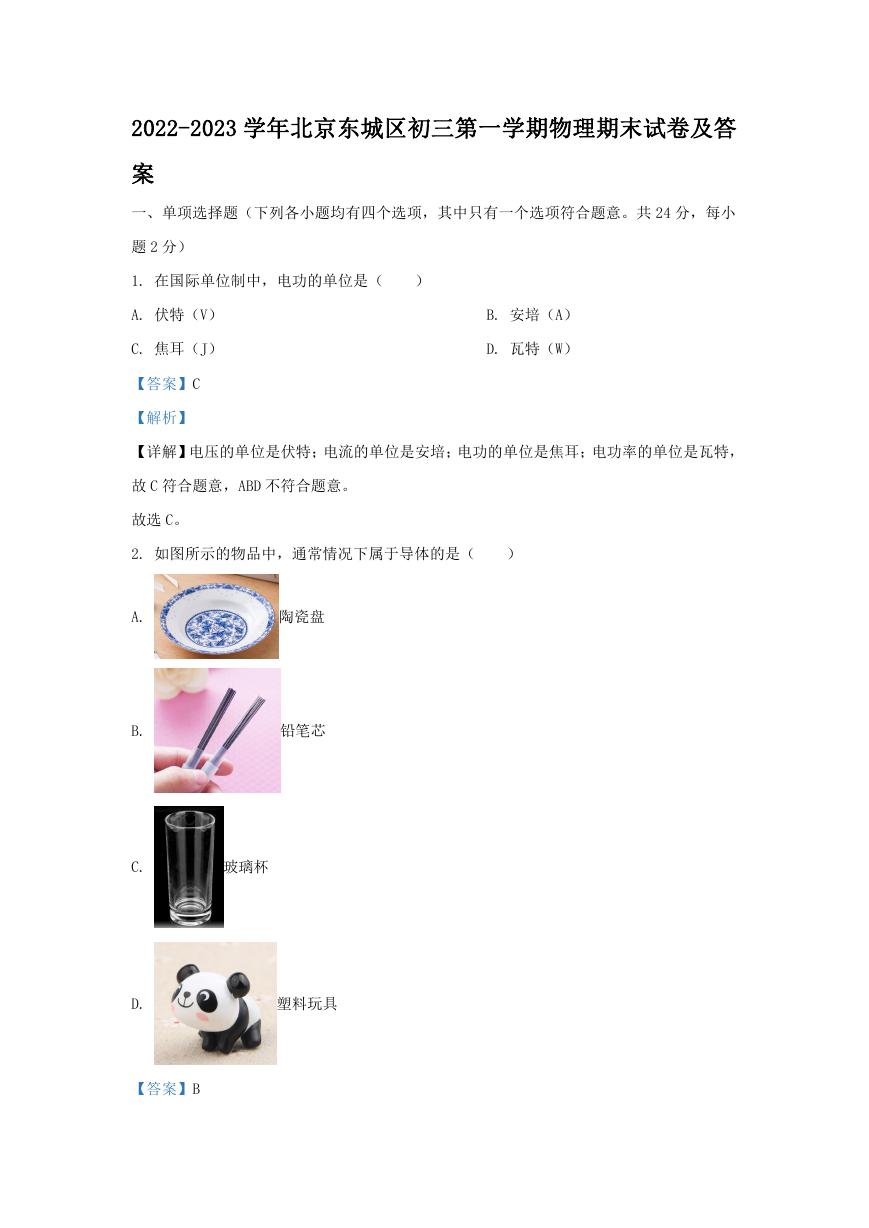 2022-2023学年北京东城区初三第一学期物理期末试卷及答案.doc
2022-2023学年北京东城区初三第一学期物理期末试卷及答案.doc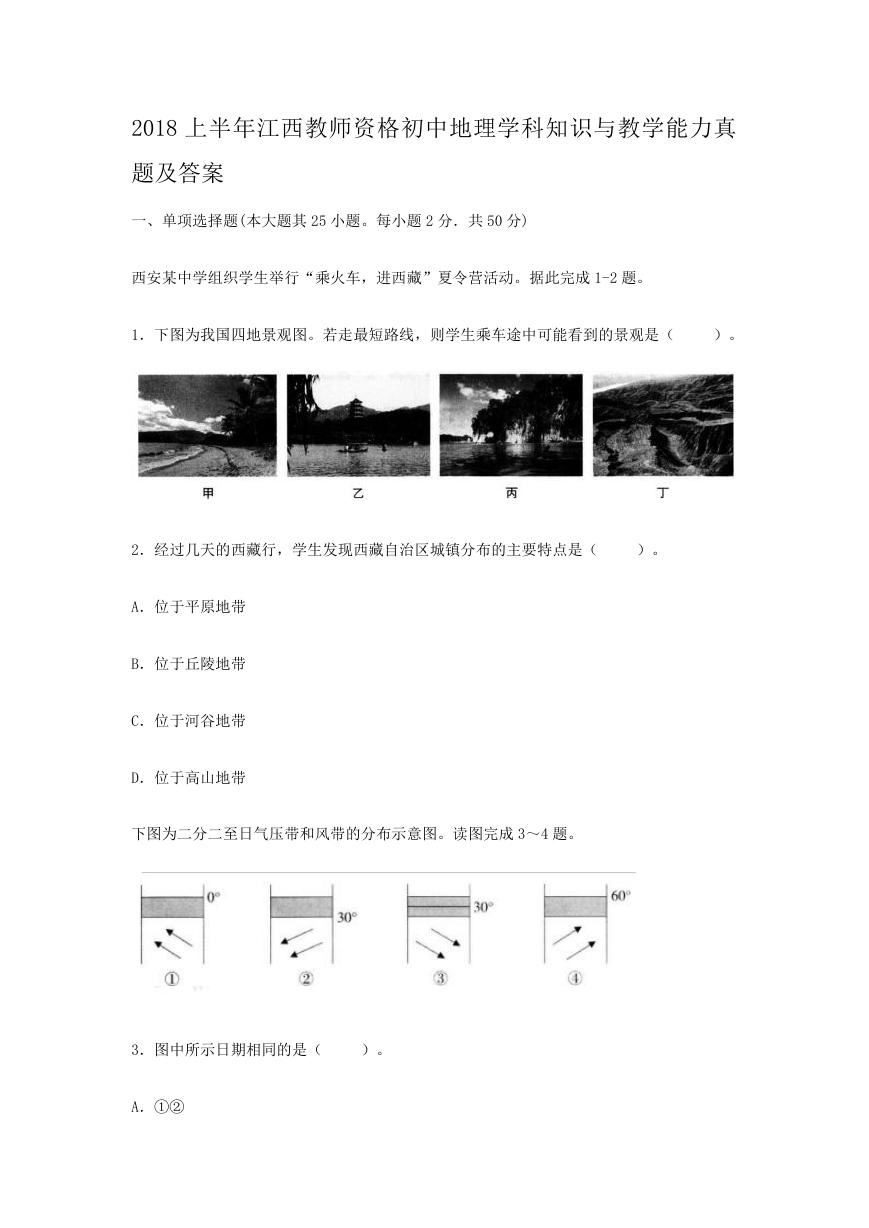 2018上半年江西教师资格初中地理学科知识与教学能力真题及答案.doc
2018上半年江西教师资格初中地理学科知识与教学能力真题及答案.doc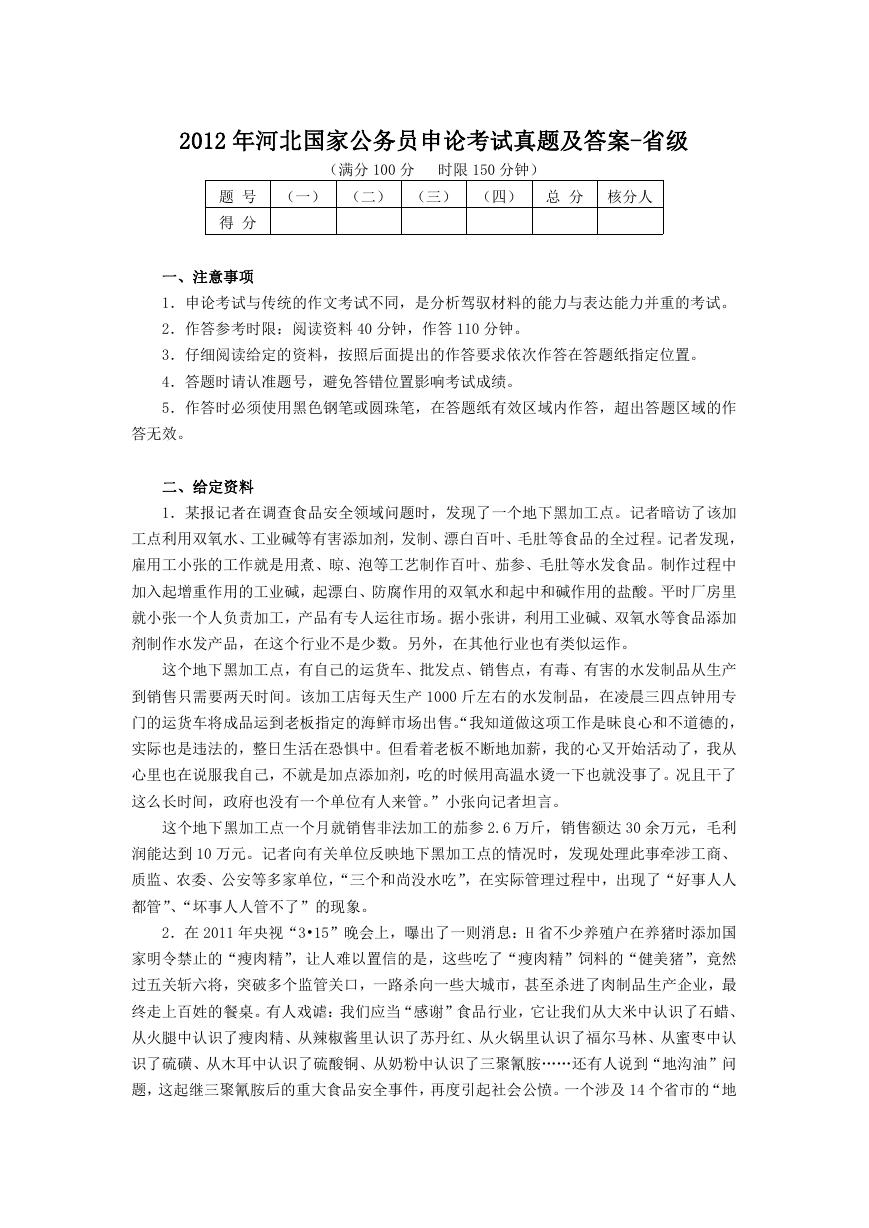 2012年河北国家公务员申论考试真题及答案-省级.doc
2012年河北国家公务员申论考试真题及答案-省级.doc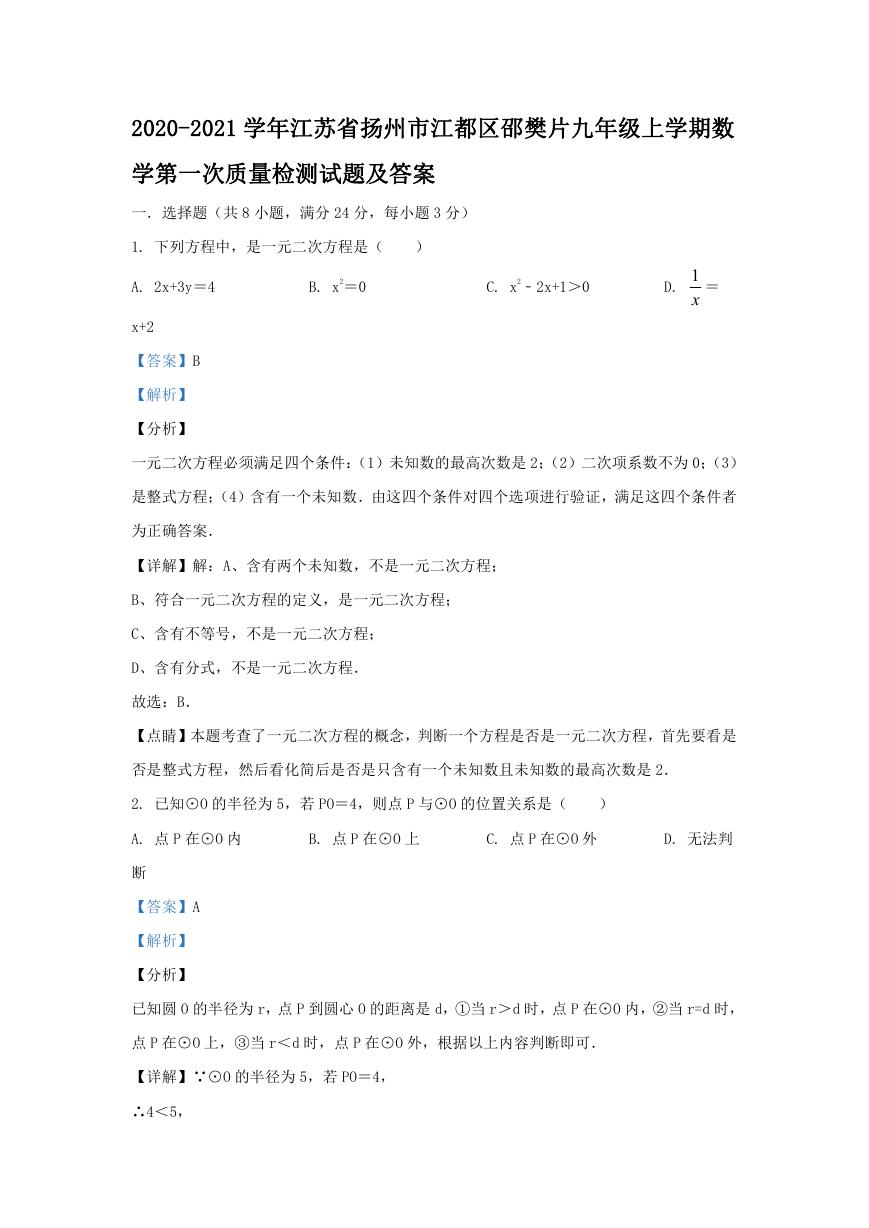 2020-2021学年江苏省扬州市江都区邵樊片九年级上学期数学第一次质量检测试题及答案.doc
2020-2021学年江苏省扬州市江都区邵樊片九年级上学期数学第一次质量检测试题及答案.doc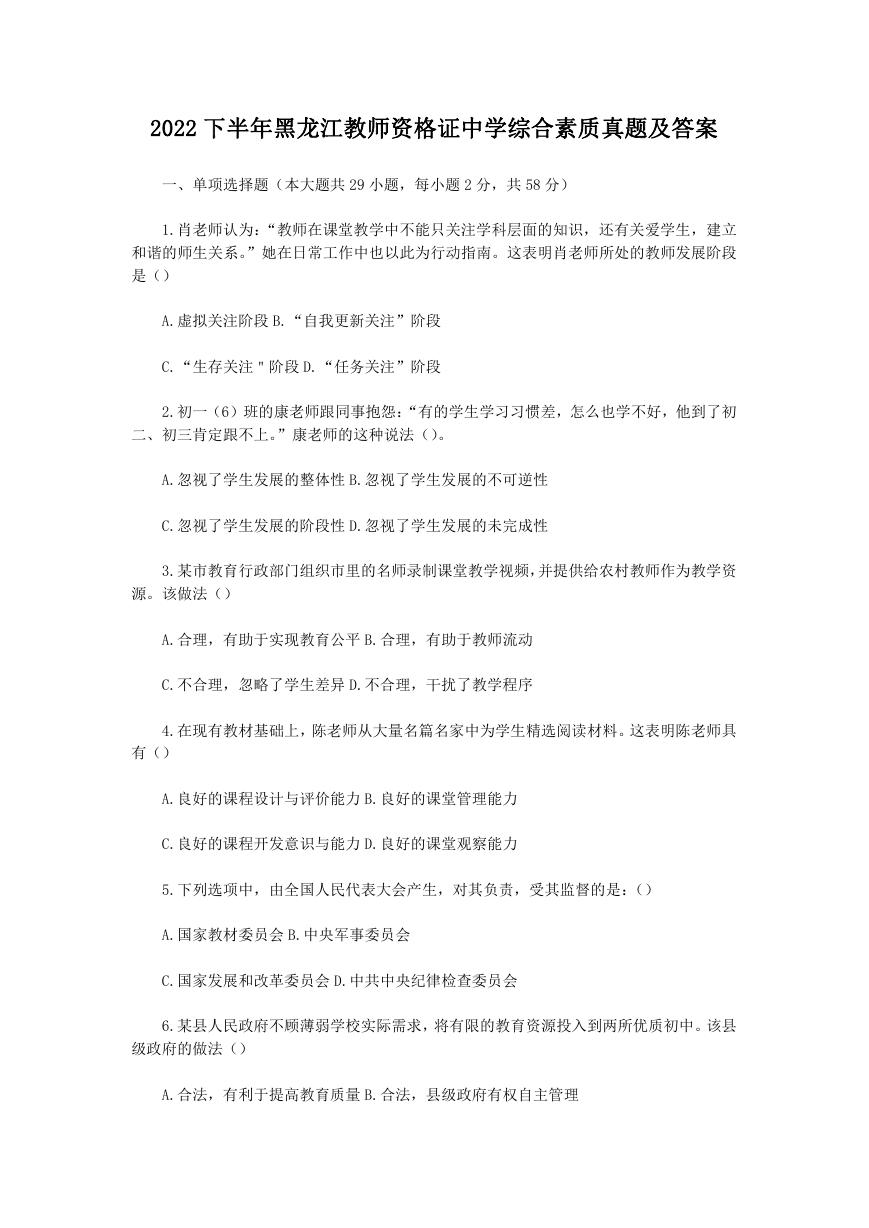 2022下半年黑龙江教师资格证中学综合素质真题及答案.doc
2022下半年黑龙江教师资格证中学综合素质真题及答案.doc